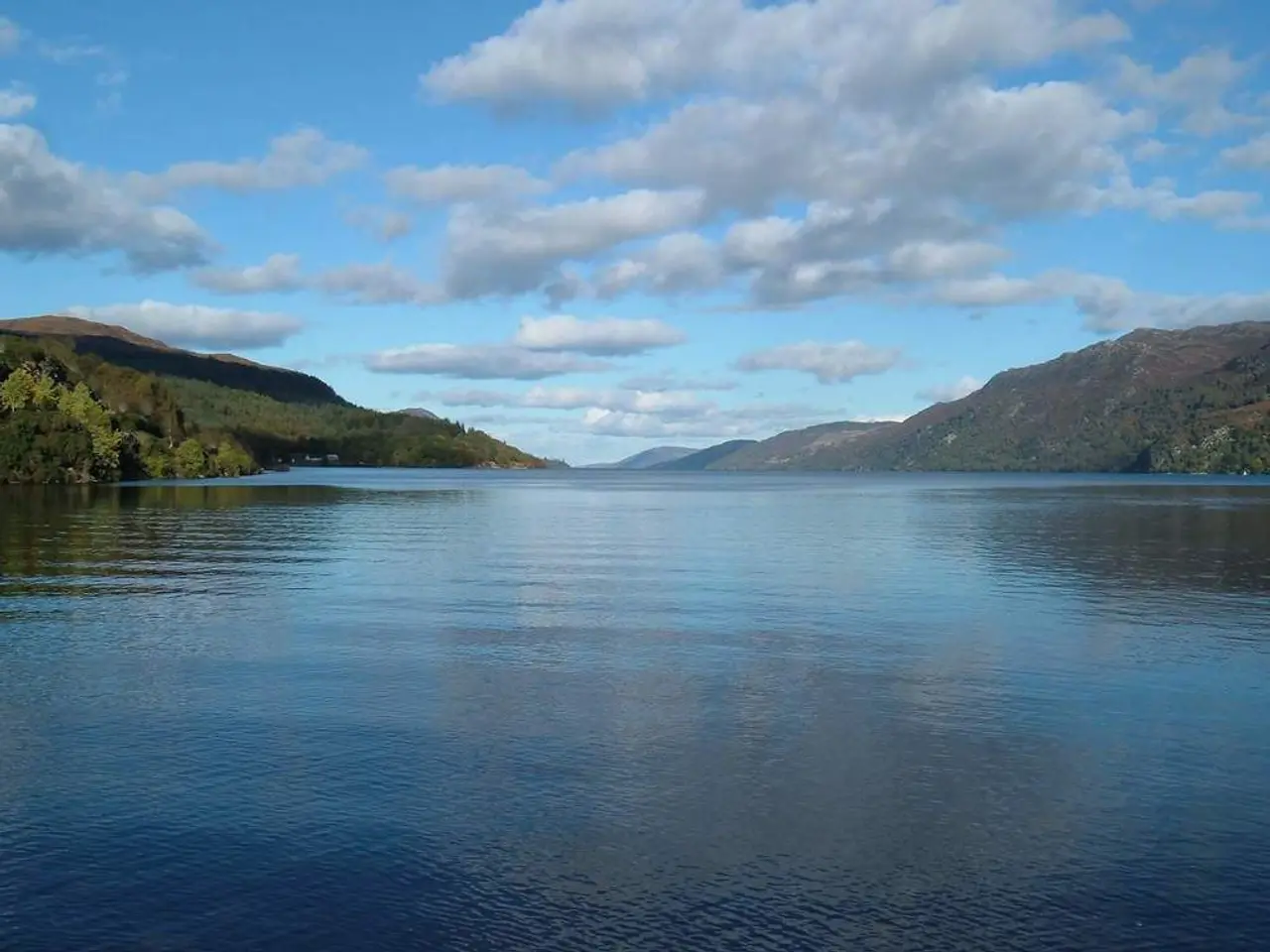"Hurricane Katrina: A Race Against Time" Depicts an Imminent Human-Caused Catastrophe
In August 2005, Hurricane Katrina, a Category 5 storm, ravaged the Gulf Coast, leaving a trail of devastation in its wake. The hurricane primarily affected Louisiana, Mississippi, and Alabama, with New Orleans and surrounding areas suffering the most due to a massive storm surge, flooding, and extensive infrastructure damage.
The storm's aftermath revealed significant shortcomings in the system, particularly in the areas of bureaucracy, engineering, and emergency management. The U.S. Army Corps of Engineers, responsible for designing and maintaining the federal levee system, was criticized for decades of minimal upgrades and reliance on outdated models. This left the levees vulnerable to failure, resulting in catastrophic flooding in 80% of New Orleans and all of St. Bernard Parish.
Six investigations were conducted after the disaster, all agreeing that the primary cause of the flooding was inadequate design and construction by the Army Corps of Engineers. New Orleans Mayor Ray Nagin did not issue a mandatory evacuation order until just 19 hours before landfall, contributing to the chaos and confusion that ensued.
The Federal Emergency Management Agency (FEMA) and other agencies faced criticism for slow and inefficient responses, exacerbated by misinformation and sensationalized media coverage that delayed aid and complicated relief efforts. FEMA's leadership made critical missteps, such as hesitating to request federal support teams and downplaying the urgency of evacuation efforts.
The Superdome, designated as an emergency shelter, lacked sufficient food, water, sanitation, and security. Around 1 million people were displaced, with some ignoring warnings and others forced to shelter in the Superdome and Convention Center, where thousands endured days without sufficient food, water, or sanitation.
However, the response to Hurricane Katrina also highlighted the dedication of responders like the National Guard. More than 50,000 members were mobilized to assist, playing a critical role in saving lives amid the disaster.
Recovery efforts demanded rebuilding infrastructure smarter and with greater public accountability. Twenty years later, there remains an ongoing question about whether resilience and risk management planning, storm surge protection, and coastal restoration efforts have sufficiently improved to prevent a repeat of the catastrophe.
National Geographic's upcoming five-part docuseries, "Hurricane Katrina: Race Against Time," delivers a moment-by-moment account of the storm's chaos and aftermath in New Orleans. The series highlights the catastrophic failure of New Orleans' levee system, which was touted as foolproof before the hurricane hit, and the systemic failures of local and national government agencies during the disaster.
Approximately 134,000 housing units suffered damage from Hurricane Katrina and the subsequent flooding resulting from levee failures. During the aftermath, at least 44 oil and chemical spills, including a 25,000-barrel Murphy Oil refinery rupture, contaminated communities already reeling from water and infrastructure damage.
The American Society of Civil Engineers termed the flooding of New Orleans as "the worst engineering catastrophe in US History" in April 2007. The response required a “hard look” at systemic failures and an acknowledgment across government levels that the disaster was not merely a local failure but a national one needing comprehensive reform.
In summary, Hurricane Katrina exposed systemic governance failures including engineering flaws, poor coordination, and inadequate emergency management, while the responses revealed both the dedication of responders like the National Guard and the need for structural reforms in disaster preparedness and interagency accountability.
- The catastrophic flooding in New Orleans during Hurricane Katrina was attributed to inadequate design and construction by the Army Corps of Engineers, a failure that was rooted in environmental-science aspects and exacerbated by political decisions.
- The aftermath of Hurricane Katrina underscored the importance of climate-change research for understanding the potentially devastating impact of such storms on vulnerable coastal regions, and the urgent need for general-news reporting that prioritizes accurate information and avoids sensationalism during crises.








